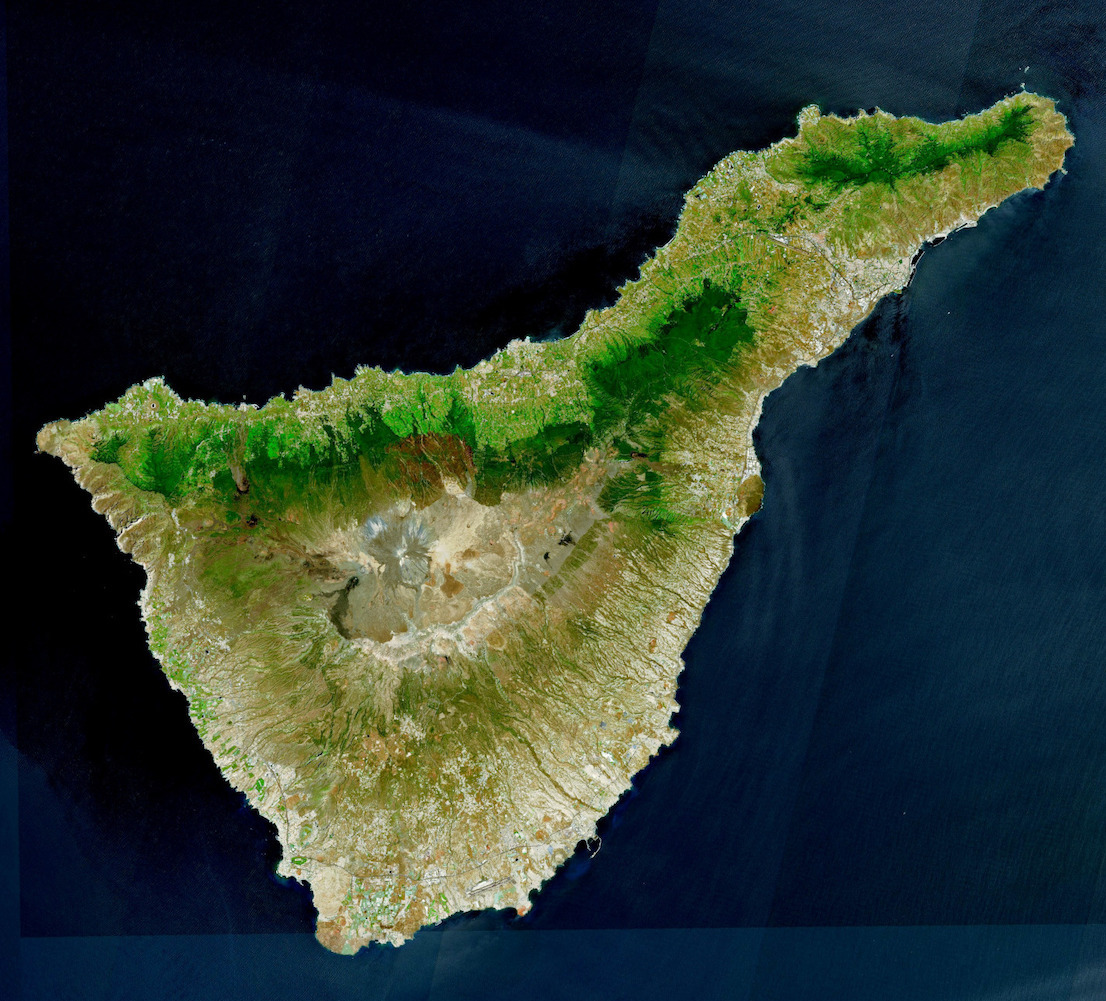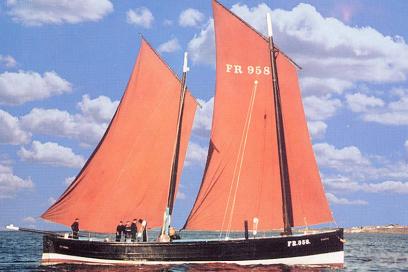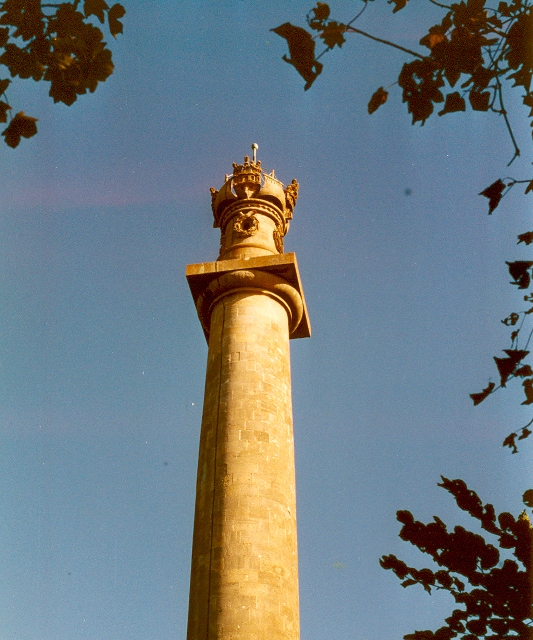|
HMS Brilliant (1779)
HMS ''Brilliant'' was a 28-gun sixth-rate frigate of the Royal Navy. ''Brilliant'' was first commissioned in July 1779 under the command of Captain John Ford. American Revolution ''Brilliant'' was stationed at Gibraltar during the Great Siege. In June 1782 the garrison there launched 12 gunboats. Each was armed with an 18-pounder gun, and received a crew of 21 men drawn from Royal Navy vessels stationed at Gibraltar. ''Brilliant'' provided crews for six: ''Defiance'', ''Dreadnought'', ''Resolution'', ''Revenge'', ''Spitfire'', and ''Thunder''. On 13 and 14 September and 11 October, the garrison destroyed a number of floating batteries. In December 1784 there was a distribution of £30,000 in bounty money for the batteries and the proceeds of the sale of ships stores, including those of ''San Miguel''. A second payment of £16,000 followed in November 1785. A third payment, this of £8,000, followed in August 1786. June 1788 saw the payment of a fourth tranche, this of £4,0 ... [...More Info...] [...Related Items...] OR: [Wikipedia] [Google] [Baidu] |
Naval Ensign Of The United Kingdom
The White Ensign, at one time called the St George's Ensign because of the simultaneous existence of a crossless version of the flag, is an ensign (flag), ensign worn on British Royal Navy ships and shore establishments. It consists of a red St George's Cross on a white field, identical to the flag of England except with the Union Flag in the upper canton. The White Ensign is also worn by yachts of members of the Royal Yacht Squadron and by ships of Trinity House escorting Monarchy of the United Kingdom, the reigning monarch. In addition to the United Kingdom, several other nations have variants of the White Ensign with their own national flags in the canton, with the St George's Cross sometimes being replaced by a naval badge omitting the cross altogether. Yachts of the Royal Irish Yacht Club wear a white ensign with an Irish tricolour in the first quadrant and defaced by the crowned harp from the Heraldic Badge of Ireland. The Flag of the British Antarctic Territory and the ... [...More Info...] [...Related Items...] OR: [Wikipedia] [Google] [Baidu] |
Tenerife
Tenerife ( ; ; formerly spelled ''Teneriffe'') is the largest and most populous island of the Canary Islands, an Autonomous communities of Spain, autonomous community of Spain. With a land area of and a population of 965,575 inhabitants as of April 2025, it is the most populous island in Spain and the entire Macaronesia region. Tenerife is also home to 42.7% of the total population of the archipelago. More than seven million tourists (7,384,707 in 2024) visit Tenerife each year, making it by far the most visited island in the archipelago. It is one of the most important tourist destinations in Spain and the world, hosting one of the world's largest carnivals, the Carnival of Santa Cruz de Tenerife. The capital of the island, , is also the seat of the island council (). That city and are the co-capitals of the Autonomous communities of Spain, autonomous community of the Canary Islands. The two cities are both home to governmental institutions, such as the offices of the preside ... [...More Info...] [...Related Items...] OR: [Wikipedia] [Google] [Baidu] |
John Drinkwater Bethune
Colonel John Drinkwater Bethune (born John Drinkwater, 9 June 1762 – 16 January 1844) was a British Army officer and military historian best known for his account of the Great Siege of Gibraltar that came out in 1785. Origins Born at Latchford on 9 June 1762, he was the eldest son of John Drinkwater (1740–1797), a surgeon in the Royal Navy, and his first wife Elizabeth Andrews. Career At the age of fifteen he joined the 72nd Regiment of Foot (Royal Manchester Volunteers) as an ensign and was almost immediately posted to Gibraltar. From June 1779 to February 1783 this small British possession was under siege from French and Spanish forces, during which time he kept a careful record of events. When peace came, he had become a captain but his regiment was sent back to Britain and disbanded. From his notes he wrote ''A history of the late siege of Gibraltar, 1779–1783, with a description and account of that garrison from the earliest period'', published in 1785, which was w ... [...More Info...] [...Related Items...] OR: [Wikipedia] [Google] [Baidu] |
Lloyd's List
''Lloyd's List'' is one of the world's oldest continuously running journals, having provided weekly shipping news in London as early as 1734. It was published daily until 2013 (when the final print issue, number 60,850, was published), and is now published digitally. Also known simply as ''The List'', it was begun by Edward Lloyd, the proprietor of Lloyd's Coffee House, as a source of information for merchants' agents and insurance underwriters who met regularly in his establishment on Lombard Street to negotiate insurance coverage for trading vessels. It continues to provide this information in addition to marine insurance, offshore energy, logistics, market data, research, global trade and law information, and shipping news. History The earliest form of ''Lloyd's List'' was estimated by some to have begun by 1692. One historian, Michael Palmer, wrote that: "No later than January 1692, Lloyd began publishing a weekly newsletter, ‘Ships Arrived at and Departed from sever ... [...More Info...] [...Related Items...] OR: [Wikipedia] [Google] [Baidu] |
Roscoff
Roscoff ( , ; ) is a commune in the Finistère département of Brittany in northwestern France. Roscoff is renowned for its picturesque architecture, labelled (small town of character) since 2009. Roscoff is also a traditional departure point for Onion Johnnies. After lobbying by local economic leaders headed by Alexis Gourvennec, the French government agreed in 1968 to provide a deep-water port at Roscoff. Existing ferry operators were reluctant to take on the relatively long Plymouth–Roscoff crossing so Gourvennec and colleagues founded Brittany Ferries. Since the early 1970s Roscoff has been developed as a ferry port for the transport of Breton agricultural produce and for motor tourism. Brittany Ferries link Roscoff with both Ireland and the United Kingdom. Owing to the richness of iodine in the surrounding waters and the mild climate maintained by a sea current that varies only between , Roscoff is also a centre of post-cure, which gave rise to the concept of thala ... [...More Info...] [...Related Items...] OR: [Wikipedia] [Google] [Baidu] |
Lugger
A lugger is a sailing vessel defined by its rig, using the lug sail on all of its one or more masts. Luggers were widely used as working craft, particularly off the coasts of France, England, Ireland and Scotland. Luggers varied extensively in size and design. Many were undecked, open boats, some of which operated from beach landings (such as Hastings or Deal). Others were fully decked craft (typified by the Zulu and many other sailing drifters). Some larger examples might carry lug topsails. History A lugger is usually a two- or three-masted vessel, setting lug sails on each mast. A jib or staysail may be set on some luggers. More rarely, lug topsails are used by some luggers — notably the chasse-marée. A lug sail is an asymmetric quadrilateral sail that fastens to a yard (spar) along the head (top edge) of the sail. The yard is held to the mast either by a parrel or by a traveller (consisting of a metal ring that goes round the mast and has an eye for the halyard an ... [...More Info...] [...Related Items...] OR: [Wikipedia] [Google] [Baidu] |
Redondela
Redondela is a municipality in the province of Pontevedra (province), Pontevedra, in the autonomous community of Galicia (Spain), Galicia, Spain. It belongs to the Comarcas of Galicia, comarca of Vigo (comarca), Vigo. The most famous icons of the village are its two major railway viaducts built in the nineteenth century. Due to these infrastructures Redondela is known under the nickname "Village of the viaducts." The town lies on the Portuguese Way, one of the Camino de Santiago pilgrimage routes. The municipality has an area of 51.9 km2 (20.0 sq mi) and has a population of 29,192 in 2021. Parroquias * Cabeiro * Cedeira * Cesantes * Chapela * Negros, Redondela, Negros * Quintela * Reboreda * Redondela * Saxamonde * Trasmañó * Ventosela * Vilar de Infesta * O Viso Verne Monument The Town has a large monument to Jules Verne. See also * Ignacio Ramonet * Battle of Vigo Bay * Mendinho * Ernestina Otero References External linksMap of Redondela area, Ria de Vigo(small Portab ... [...More Info...] [...Related Items...] OR: [Wikipedia] [Google] [Baidu] |
Vigo
Vigo (, ; ) is a city and Municipalities in Spain, municipality in the province of province of Pontevedra, Pontevedra, within the Autonomous communities of Spain, autonomous community of Galicia (Spain), Galicia, Spain. Located in the northwest of the Iberian Peninsula, it sits on the southern shore of an inlet of the Atlantic Ocean, the Ria de Vigo, the southernmost of the Rías Baixas. It is the capital of the Comarcas of Galicia, comarca of Vigo (comarca), Vigo. The municipality, with an area of and a population of 292,374 in 2022 including rural parishes, is the most populous municipality in Galicia. The area of the municipality includes the Cíes Islands, part of the Atlantic Islands of Galicia National Park. Vigo is one of the region's primary economic agents, owing to the French Stellantis Vigo Plant and to its Port of Vigo, port. Close to the Portugal–Spain border, Vigo is part of the Galicia–North Portugal Euroregion. The European Fisheries Control Agency is headqu ... [...More Info...] [...Related Items...] OR: [Wikipedia] [Google] [Baidu] |
Naval Boarding
Naval boarding is an offensive (military), offensive military tactics, tactic used in naval warfare to come up against (or alongside) an enemy watercraft and attack by inserting combatants aboard that vessel. The goal of boarding is to invade and overrun the enemy personnel on board in order to capture, sabotage, or destroy the enemy vessel. While boarding attacks were originally carried out by ordinary sailors who are proficient in hand-to-hand combat, larger warships often deploy specially trained and equipped regular troops such as marines and special forces as boarders. Boarding and close-quarters combat had been a primary means to conclude a naval battle since ancient history, antiquity, until the early modern period when heavy naval artillery gained tactical primacy at sea. A cutting out boarding is an attack by small boats, preferably at night and against an unsuspecting and anchored, target. It became popular in the later 18th century, and was extensively used during ... [...More Info...] [...Related Items...] OR: [Wikipedia] [Google] [Baidu] |
Sir Samuel Hood, 1st Baronet
Vice-Admiral Sir Samuel Hood, 1st Baronet, (27 November 1762 – 24 December 1814) was a Royal Navy officer and politician who served as a Member of Parliament for Westminster in 1806. He is not to be confused with his father's first cousin Admiral Samuel Hood, 1st Viscount Hood (1724–1816) who sponsored both him and his elder brother Captain Alexander Hood (1758–1798) into the Royal Navy. Origins He was born on 27 November 1762, the 3rd son of Samuel Hood (1715–1805), a purser in the Royal Navy, of Kingsland in the parish of Netherbury in Dorset, by his wife Anne Bere, a daughter of James Bere of Westbury in Wiltshire. His father's first cousins were the famous brothers Admiral Samuel Hood, 1st Viscount Hood (1724–1816) and Admiral Alexander Hood, 1st Viscount Bridport (1726–1814), sons of Rev. Samuel Hood (1691/2-1777), Vicar of Butleigh and prebendary of Wells Cathedral both in Somerset and Vicar of Thorncombe in Devon. The 1st Baronet's two elder brothers ... [...More Info...] [...Related Items...] OR: [Wikipedia] [Google] [Baidu] |
William James (naval Historian)
William James (1780 – 28 May 1827) was a British lawyer and military historian who wrote important histories of the military engagements of the British with the French and Americans from 1793 through the 1820s. Career Although little is known of his early life, William James was trained in the law and began his career as an attorney. He practised before the Supreme Court of Jamaica and served as a proctor in the Vice-Admiralty Court of Jamaica from 1801 to 1813. In 1812, when war broke out between Great Britain and the United States, James was in the United States. Detained by American authorities as a British national, he escaped to Halifax, Nova Scotia, in 1813. This experience interested him in the War of 1812 and he began to write about it, particularly defending the reputation of the Royal Navy and pointing out the factual errors and excessive claims that American reports made against the Royal Navy. His initial literary efforts seem to have been letters written to the ... [...More Info...] [...Related Items...] OR: [Wikipedia] [Google] [Baidu] |
Hired Armed Cutter Saint Vincent
''St Vincent'' was a hired armed cutter that served the Royal Navy from 16 March 1798 to 29 April 1802, during the French Revolutionary Wars. She was of 194 13/94 tons burthen, and carried fourteen 6-pounder guns. In 1800, she was under the command of Lieutenant John Leckle, (also Leekly or Lackey) at Falmouth. She was employed in cruising in search of privateers and escorting convoys to and from the Downs. She arrived at Portsmouth on 12 July and sailed for a cruise off Cherbourg. She returned on 20 August with a prize, the Danish galiot ''Friendship'', laden with merchandise and bound for Lisbon from Amsterdam. On 25 August, the 74-gun ''Impétueux'', the 28-gun frigate , 16-gun ship-sloop , and the 14-gun hired cutter ''St Vincent'' silenced a battery that was armed with eight 24-pounders. Then, seamen from the ships landed to assist a large force of army troops to haul the guns up to the heights. The army withdrew the same day after a skirmish with Spanish troops. ... [...More Info...] [...Related Items...] OR: [Wikipedia] [Google] [Baidu] |







